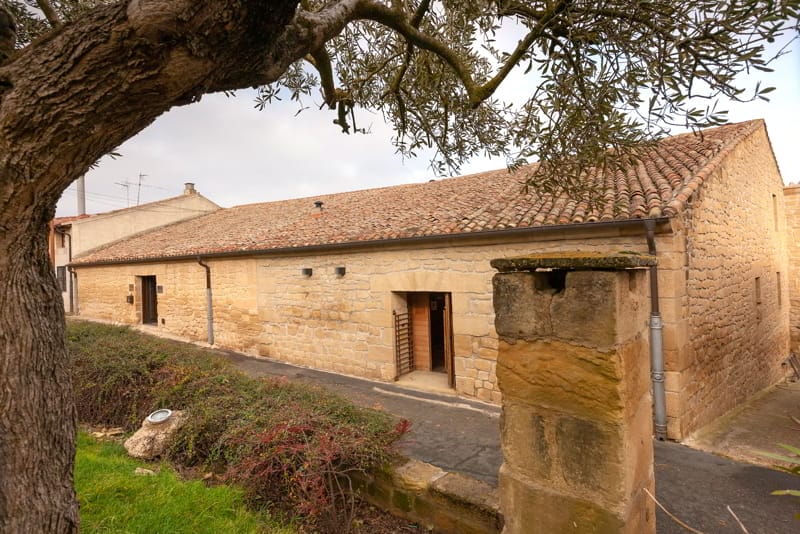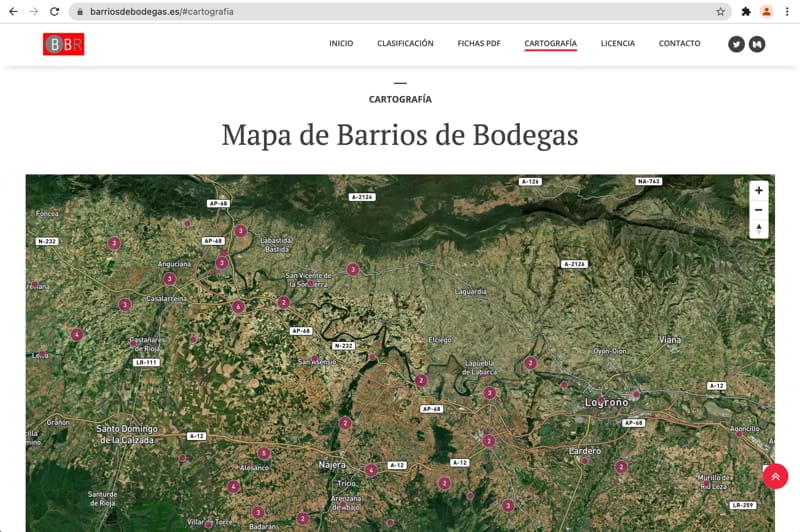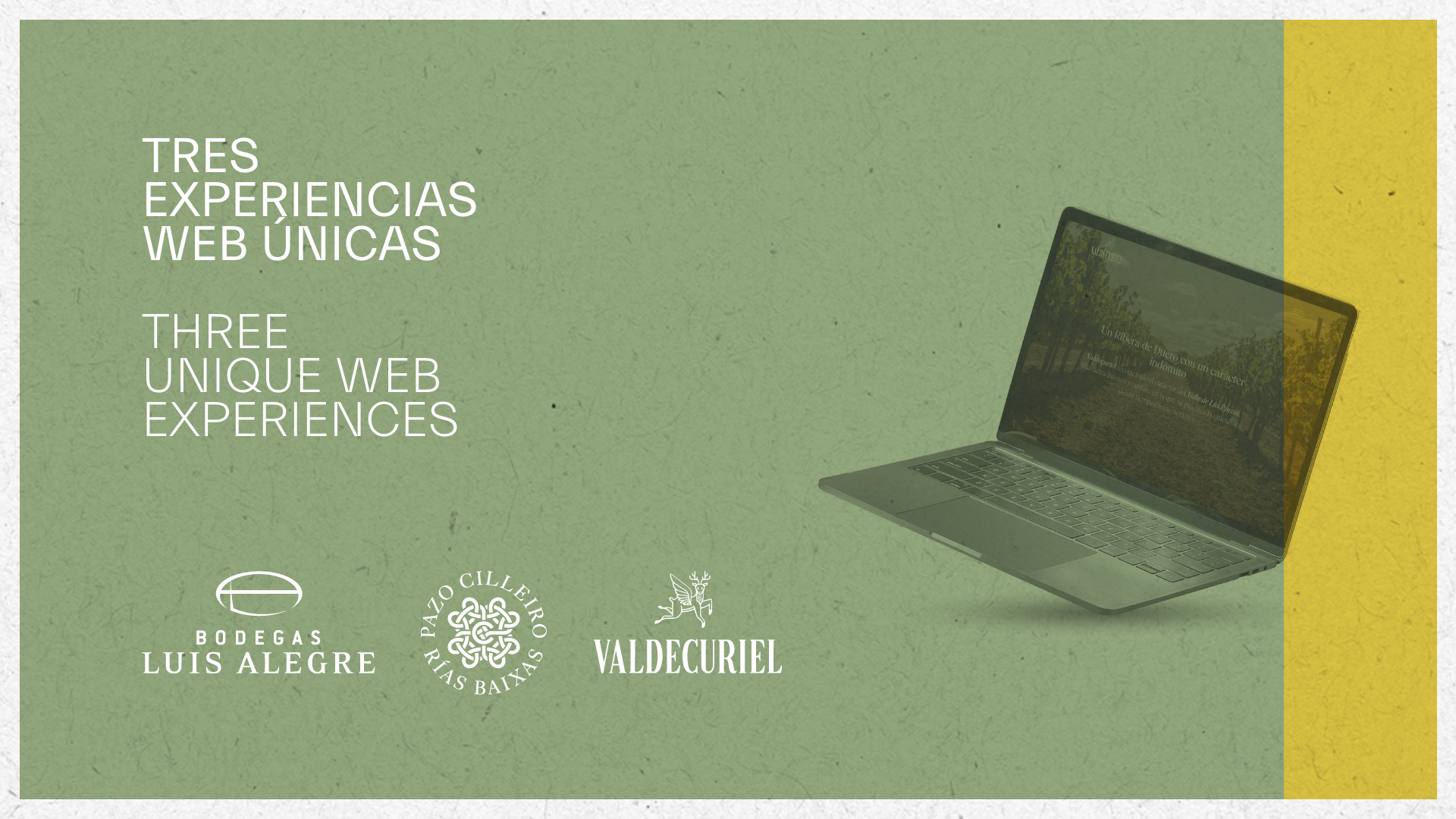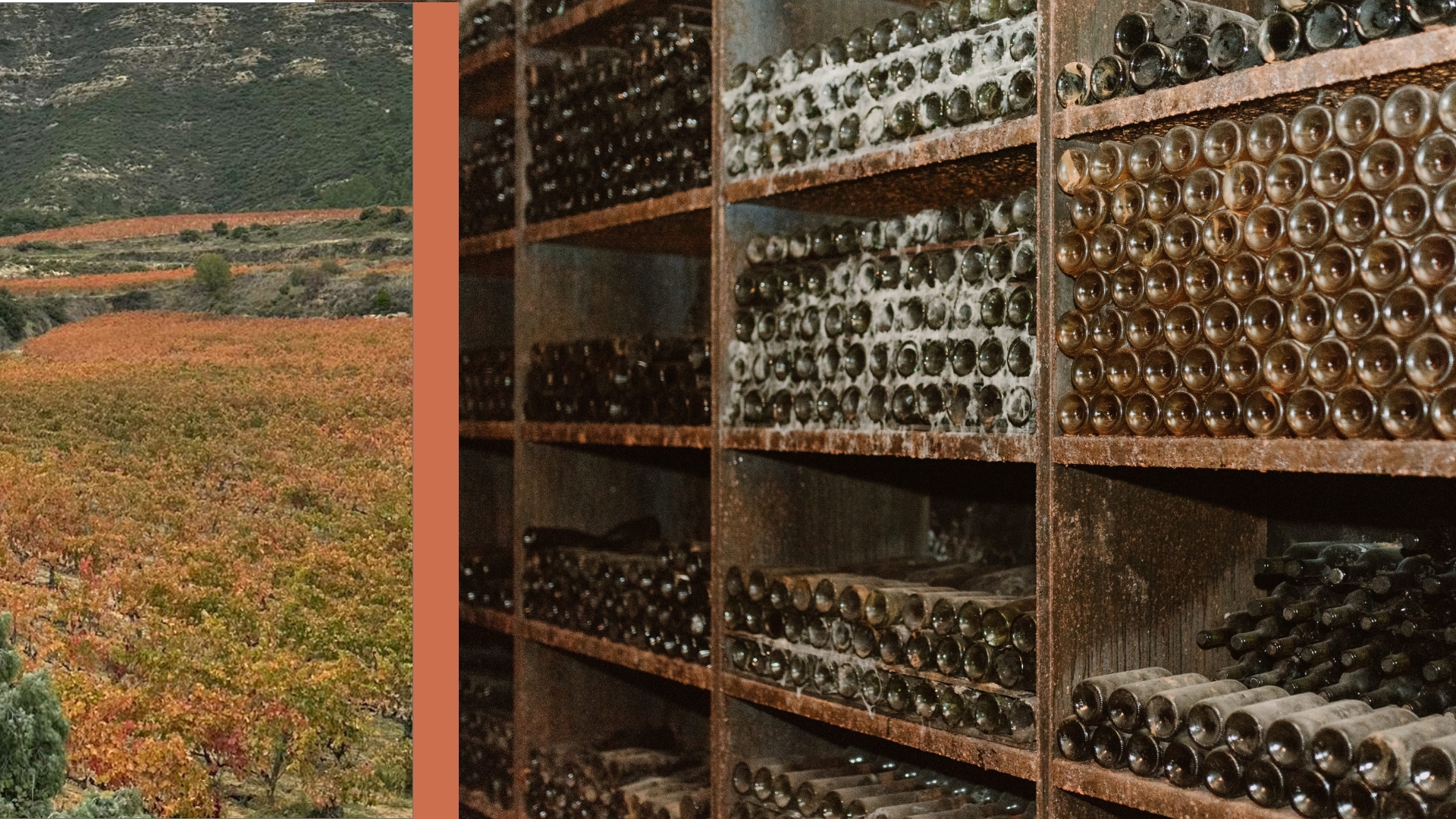The calados, hidden wine galleries in Rioja

Conde de los Andes, featured at the Bodega District Conference
We always say that the calaos of Conde de los Andes, the celebrated underground galleries where wine has been made and stored for centuries, are absolutely unique. Well, yes and no. They are special, a precious wine culture asset because of their old age, size and beauty. Yet, at the same time, they are not alone in this display of architectural prowess and constructional audacity: all across Rioja there are hundreds of old underground wine cellars, dotted around more than 100 wine cellar districts.
Underground cellars are on the rise. Some are still closed, even abandoned, but others are entering a new period of prosperity. They are once again used to store bottles and, most notably, they are being refurbished to cater for high-quality wine tourism experiences, with greater cultural and historical significance.

Three years ago, the first national gathering of wine cellar districts was held in the village of San Asensio. A really exciting event, it was the starting point for a renewed interest in these long-established spaces. A few days ago, the third gathering took place, now transformed into an "International Congress".
Conde de los Andes at the BBR Conference
But the attention does not end there: in late October, the Official College of Architects hosted the 3rd BBR Conference, Barrios de Bodegas de Rioja, in Logroño. The programme included a presentation by our wine tourism responsible, Eduardo Saracíbar, who took attendees on a journey through the exciting past of the Ollauri wine cellars.
BBR recently launched a highly comprehensive website (for now just in Spanish): barriosdebodegas.es. It features technical and visual data sheets of all the affiliated wineries. The perfect introduction to this fascinating chapter of wine history. Another way of discovering more about it are the materials gathered at the various specialised meetings held in recent years. Some of these documents, which are available online, have the virtue of raising awareness of a first-rate collective, social and cultural phenomenon.
In the words of architect and scholar Marta Palacios, "traditional cellar districts are human settlements anchored to a territory. They complete the cycle of human interaction with the vineyards grown in the surrounding area".

You may also be interested in:



